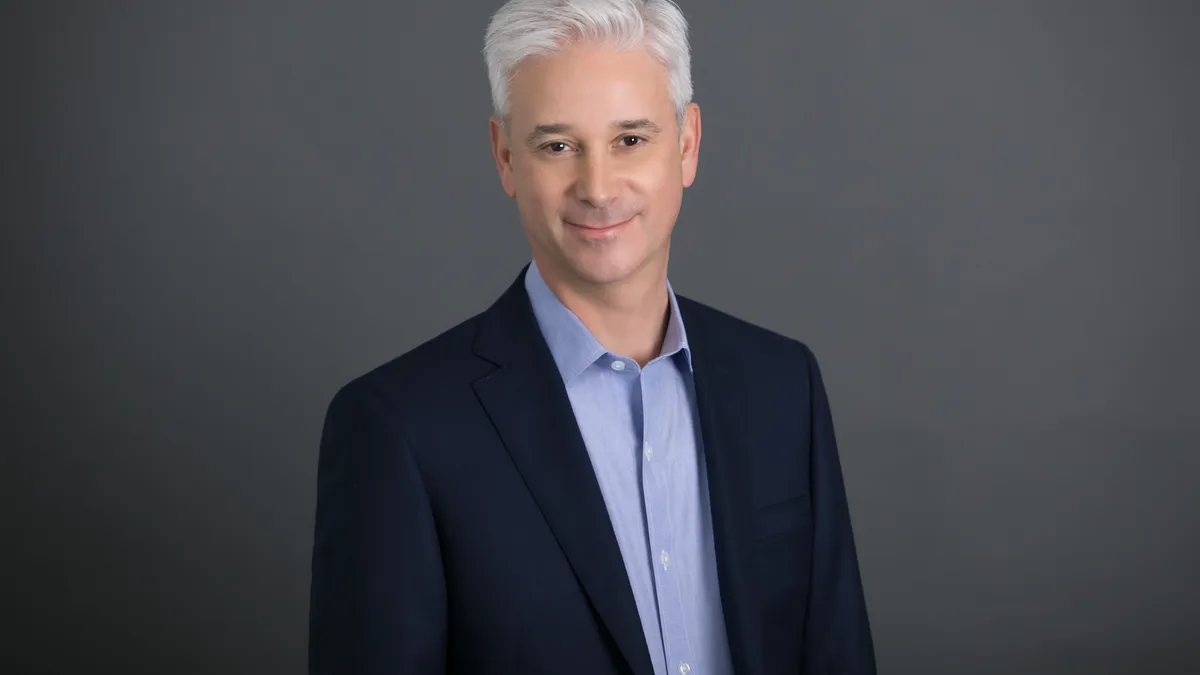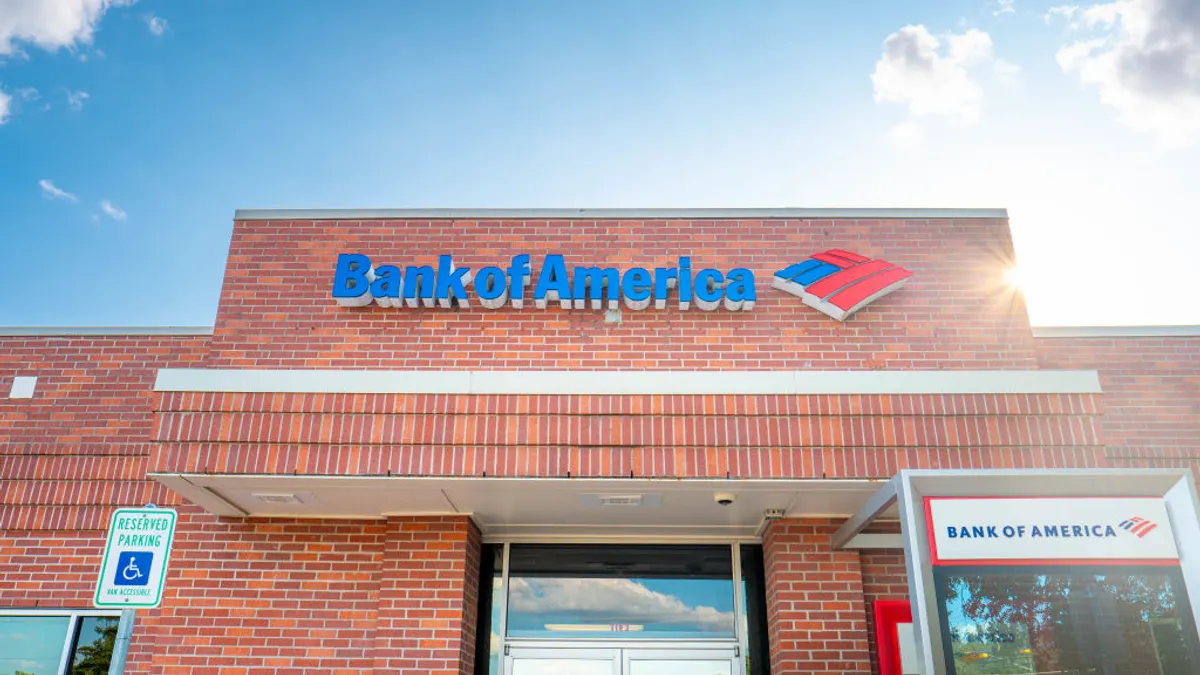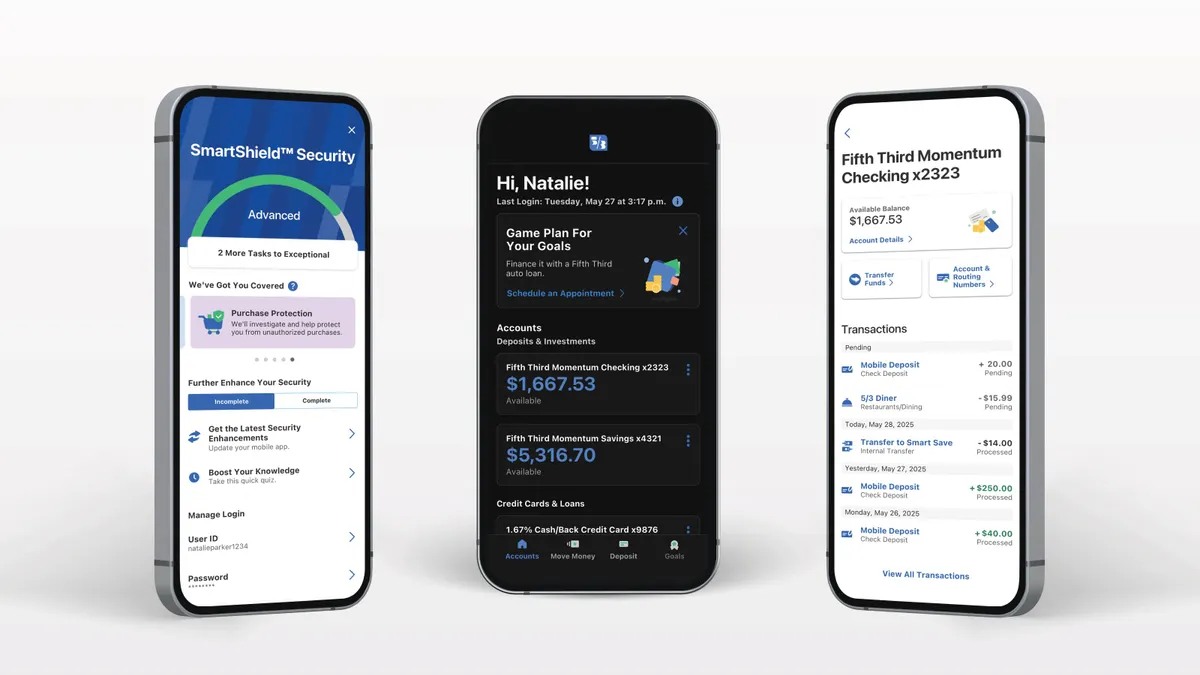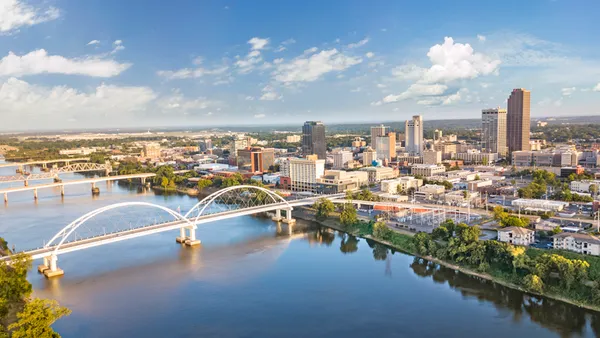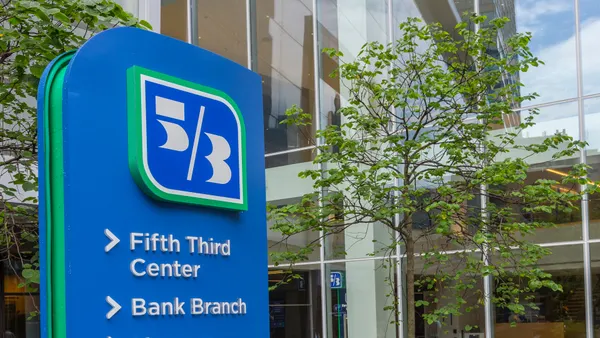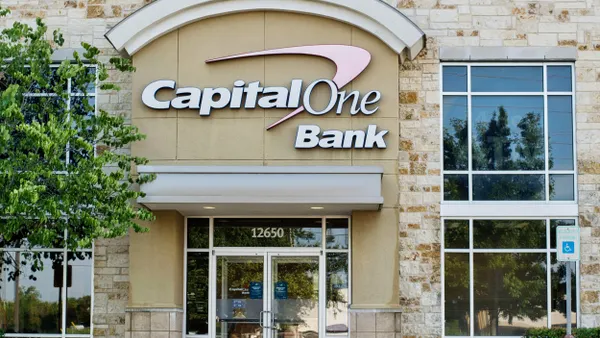Dive Brief:
- Wells Fargo on Monday launched a 10-year program meant to give unbanked people — especially Black, Brown and Indigenous communities — better access to affordable, mainstream accounts.
- The bank aims to redesign 100 of its branches in low- to moderate-income (LMI) neighborhoods with high unbanked populations, with the goal of prioritizing one-on-one consultations and financial health seminars, and improving digital access.
- The San Francisco-based lender also is forming a National Unbanked Advisory Task Force — which will feature representatives from the NAACP, UnidosUS, the National Urban League and other organizations — to develop solutions to bank more people from underserved communities and provide input on how best to measure success.
Dive Insight:
Wells Fargo is hardly the only financial institution to roll out a 10-year plan of inclusion in banking this year. Goldman Sachs in March pledged to invest $10 billion over the next decade — and funnel $100 million more in philanthropy — to address gender and racial biases felt by Black women.
Bank of America on Tuesday expanded a program that aims to narrow the racial wealth gap by providing $15 billion in mortgages to LMI homebuyers by 2027.
Through the Banking Inclusion Initiative, Wells aims to lean on partnerships, working with minority depository institutions on product development strategies, extending fee-free withdrawals at Wells Fargo ATMs for MDI customers, and raising awareness about no-overdraft-fee account options.
The bank also wants to expand the Credit Builders Alliance consumer loan program, broaden its collaboration with Cities for Financial Empowerment Fund, support financial education and wellness programs run by Operation HOPE and historically Black college and university-related nonprofits, and further its collaboration with Black-focused fintechs such as Greenwood and MoCaFi.
Federal Deposit Insurance Corp. (FDIC) data from 2019 showed the racial disparity in underbanked people. About 13.8% of Black households and 12.2% of Hispanic households were unbanked in 2019, the regulator found. That compares with 2.5% of White households. But the FDIC expressed concern that the coronavirus pandemic could reverse gains that populations of color had made in banking. About 18.5% of Black households and 16.3% of Hispanic households were unbanked in 2015, the regulator found.
"We recognize the high number of unbanked households is a complex and long-standing issue that will require gathering the best minds, ideas, products and educational resources from across our communities to bring about change," CEO Charlie Scharf said in a statement Monday. "Through our initiative, we will organize our resources under one umbrella and work with a broad and diverse group of stakeholders on a sustained multiyear effort to accelerate financial inclusion in the U.S."
Wells last year put itself at the forefront on inclusion efforts when Scharf unveiled a target to double Black leadership at the bank by 2025 and tie operating committee members' compensation to their efforts to diversify the company's workforce.
But the rollout was not without controversy. Scharf drew heat when lamenting "a very limited pool of Black talent to recruit from."
For its part, the NAACP on Tuesday called Wells' inclusion initiative "a necessary step to ensuring that our communities have access to fully participate in developing economic and financial stability."
"We are excited about what untapped possibilities can be birthed for the future of these individuals, their families and their communities," Derrick Johnson, the NAACP's CEO, said of the underbanked Monday in a statement.
Wells Fargo did not indicate how much it is investing in the initiative.
Mary Mack, the bank's CEO of consumer and small-business banking, said the pandemic has increased the urgency of delivering banking options to a broader swath of people.
"It is our hope, working closely with our partners, we will be able to make a difference over time in addressing such a critical problem for our society," she said.



